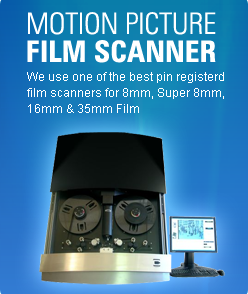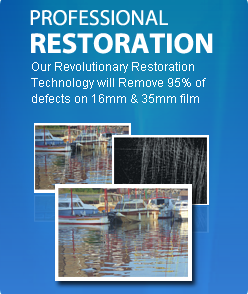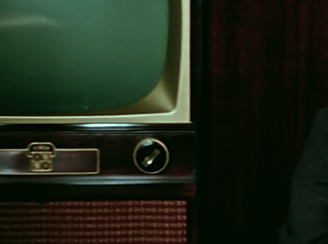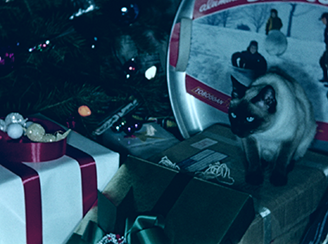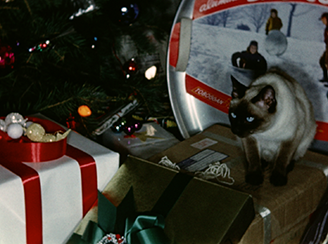
Pro Hollywood Restoration Gaithersburg
We offer 3 restoration options. Color Correction, Grain Elimination and Stabilization Technology.
About 90% of our Gaithersburg customers want the color correction and about 75% do the grain elimination. We do also offer image stabilization. It adds a nice touch to those old home movies.
Color correction is very important for amateur film because we will be able to recover more footage that was shot too dark or has darkened as part of the aging process. The scanner monitors the light and color balance and will change it based on pre-determined algorithms. This means it will pump more light through film that is dark and it will back off on film that is too bright. This will allow us to recover footage that would normally be too dark or too light. In addition, after the scan, an editor will go through the footage looking at skin tone and things like the color of the sky to order to make sure it looks correct. You can see in the examples below how much better the images look with our 2 pass color correction.
Grain is on all film. Look at the "Before" picture below compared to the "After" picture. These little dots muddy up the image and take away from the content you care most about. Now, look at the After picture on the right. This is what you really want to see. We do recommend Grain Elimination on all film for our Gaithersburg customers.
Most amateur films have some stabilization issues just because of the way the film was shot. But, most people are used to seeing this on old movie film (See example video clip below). So, we see stabilization as a nice to have but not required. If you can afford to do it then we would recommend it. If it pushes you outside your budget then we would just recommend the Grain Elimination technology.
Super 8 Film Examples Gaithersburg
|
|
Before |
After |
|
|
|
|
Before |
After |
16mm Film Examples
|
|
Before |
After |
|
|
|
|
16mm Before |
16mm After |
Gaithersburg Fun Facts: The city is serviced by Interstate I-270, as well as Maryland State Highways 117 and 355. Incorporated in 1878, Gaithersburg was named after Benjamin Gaither, an early resident of the area who built a house in 1802 at the site of the city's famous Forest Oak tree; a landmark which lived to be about 300 years old before its demise at the hands of a severe storm in 1997. In 1899 the Gaithersburg Latitude Observatory was built and along with five others like it around the world, was used to gather information for measuring the earth's polar motion and determining its size, shape, and physical properties. The year 1961 saw the move of the National Bureau of Standards (now known as the National Institute of Standards and Technology) into Gaithersburg, creating a complex which maintains standards for scientific research and houses the standard meter and kilogram to which all others are compared for accuracy.
Maryland Fun Facts: Annapolis, the state capital, is also home to the United States Naval Academy. Maryland is the leading producer of blue crabs and is renowned for its crab cakes. One of the original 13 colonies, Maryland lies at the center of the Eastern Seaboard, amid the great commercial and population complex that stretches from Maine to Virginia. Its small size belies the great diversity of its landscapes and ways of life that they foster, from the low-lying and water-oriented Eastern Shore and Chesapeake Bay area, through the metropolitan Baltimore, its largest city, to the forested Appalachian foothills and mountains of its western reaches.
